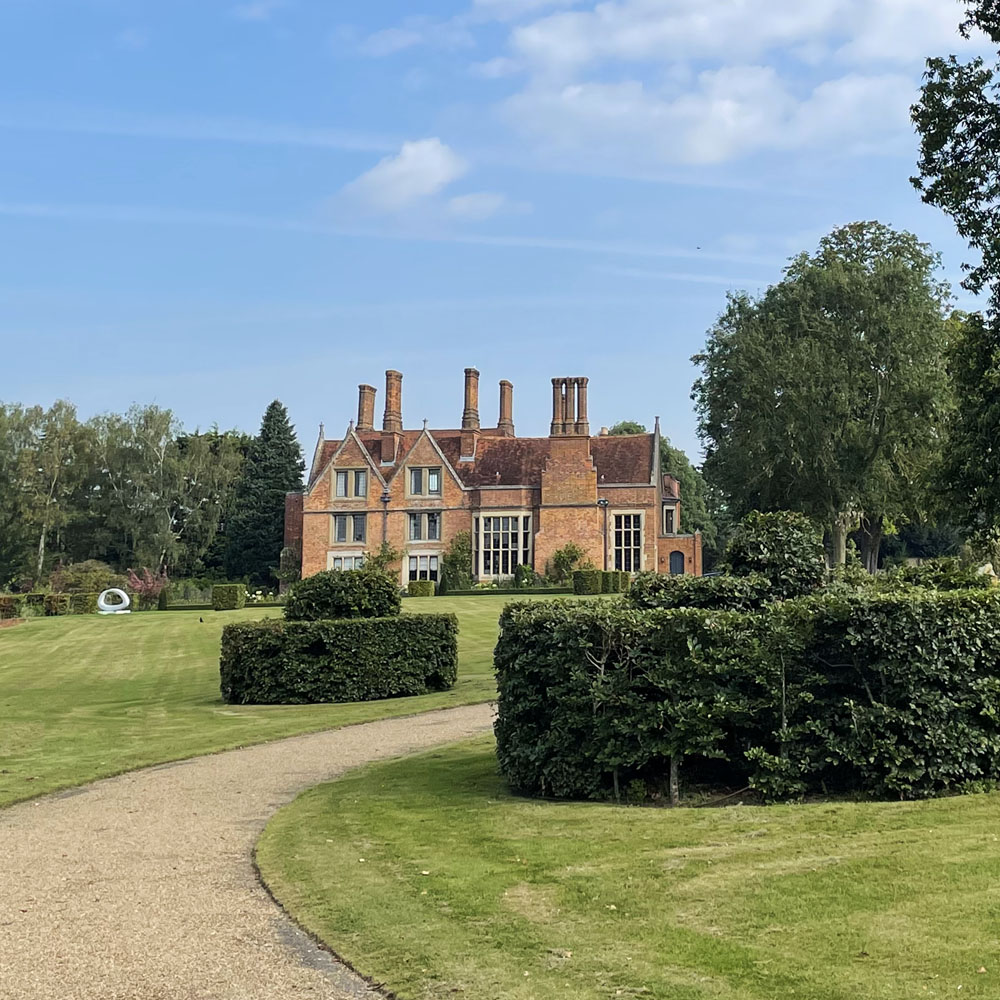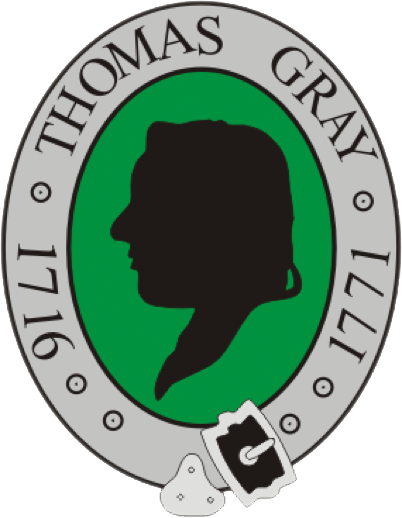The Manor House
Grade I listed manor house with a rich history
The history of the Manor House estates can be traced back to the Domesday Book and earlier.
Historical timeline
1066 – 1331
Prior to 1066 the property was owned by Siret, a vassal or servant, of King Harold. There is a reference to the Manor of Stoke in the Domesday Book survey of 1086 when it was held by William Fitz Ansculf direct from King William I, after the King's Victory at Hastings in 1066. The family which held Stoke for nearly 300 years changed their name to de Stoke and by 1291 Amicia de Stoke had married Robert Poges from Normandy, giving rise to the present name of Stoke Poges.
The importance of the house and property rose in importance with subsequent owners:
1331- 1441
Sir John de Moleyns who married Egidia de Poges in 1325 rose to great eminence as Treasurer to Edward III. He obtained royal licence to crenellate and otherwise fortify the Manor House. His grandson was raised to the Lords and married into the family of Lord Hungerford.
1441 – 1485
The Hungerford family had a chequered history with two generations being beheaded for fighting on the wrong side during the wars of the Roses and the land became forfeit.
1485- 1581
Marriage brought the returned lands to the Hastings family who became Earls of Huntingdon. They completed the present Stoke Park Manor House in 1555. The family fell on hard times and in 1581 the House was turned over to the Crown, ending over 500 years of ownership by family descendants.
Ownership can be traced to the present day and amongst owners and occupiers were:
1581 – 1603
Elizabeth I who owned and visited the house. During this time she let it to Sir Christopher Hatton (1581 – 1591) and Sir Edward Coke (1598 - 1603), the then Attorney General.
1603 - 1634
Owned by Sir Edward Coke, 1st Lord Chief Justice of England, who died in the house aged 82. He coined the phrase, "An Englishman's home is his castle" in a case laying out that no one may enter another's home without permission.
1647
King Charles I was imprisoned here before his trial.
1688
King William III of Orange was refused entry by the owner, Sir Robert Gayer, a Jacobite sympathiser, who famously said, 'He has got possession of another man's house and he shall not enter mine.'
1724-1760
The Manor was owned by Sir Richard Halsey, whose daughter Anne married Sir Richard Temple, later Viscount Cobham. The Cobhams owned Stowe as well as the Manor House. On Viscount Cobham’s death in 1749, his widow retired to Stoke Poges and is known to have acquainted herself with the poet, Thomas Gray, who used to stay nearby in Stoke Court. The grounds were laid out by Capability Brown in 1750.
1760- 1848
The Penns of Pennsylvania. Thomas Penn, son of William Penn the founder of Pennsylvania purchased the Manor in 1760. On his death in 1775 the Manor House passed to his son, John. Having spent 28 years in Pennsylvania John Penn returned to Stoke Poges. Finding the Manor House too dilapidated to repair he demolished much of it, leaving one wing, and built a new mansion, now Stoke Park.
1863 - 1873
Edward Coleman, who lived in Stoke Park mansion house, allowed the artist Sir Edwin Landseer to have his studio in the Manor House, and superintended restoration.
2008
The House was let on a long lease by South Bucks District Council to Camping Property Development Co. who acquired the ownership as a sitting tenant. It was subsequently redeveloped, sold and then used as a private residence.
British Pathe Newsreel
A British Pathe newsreel, shot in 1941, shows the Manor House, Stoke Park and St Giles' Church.

